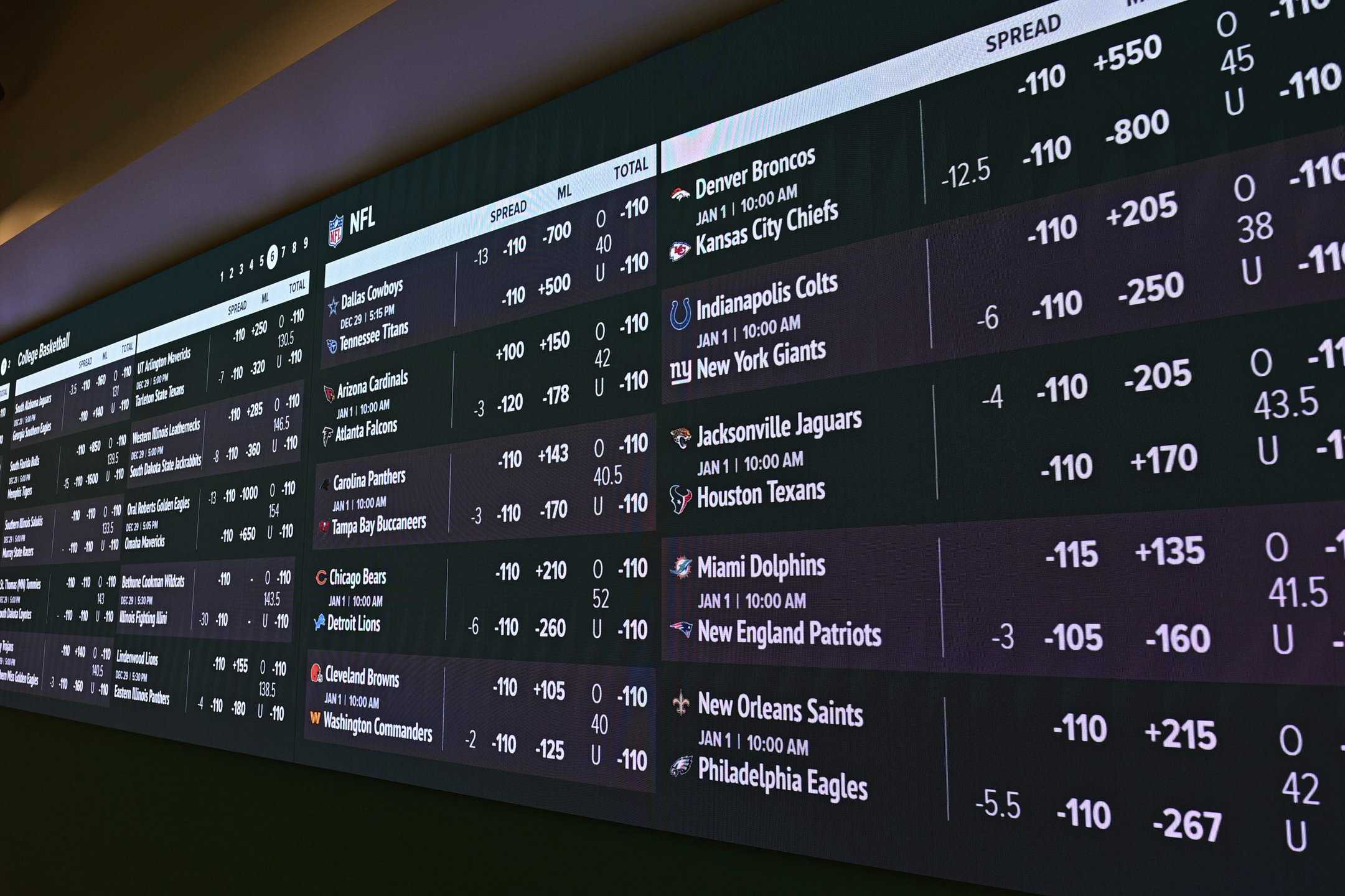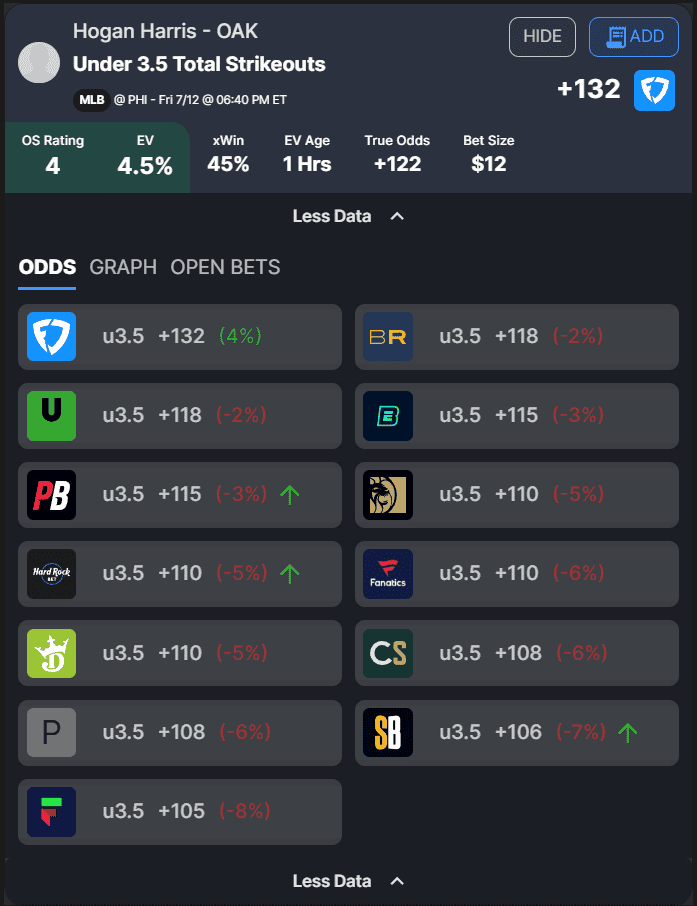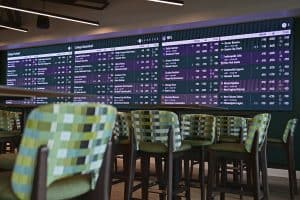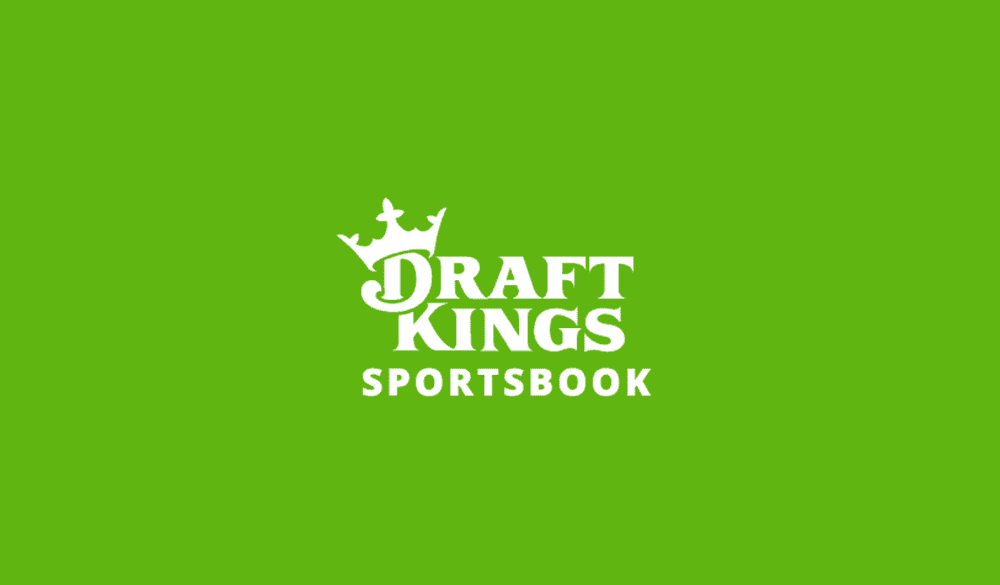So, you want to build a sports betting model. It’s for your own entertainment, or you’re hoping to learn something about coding or spreadsheets along the way, I strongly recommend it! If you’re hoping to suddenly outsmart the sportsbooks, however, you’re probably going to be disappointed — especially at the beginning. Let’s dive into our discussion about how to build a sports betting model as I dish out my expert tips and advice!
How to Build a Sports Betting Model: Expert Tips & Advice
Instead of building your own sports betting model, you may be better served by checking out our proprietary sports betting model, which you can access with a subscription. Given the 7.6% ROI we recorded on all NBA bets with an OS Rating of 2 or greater in 2023-24, consider trusting our data scientists instead of trying to reinvent the wheel yourself.
How to Build a Sports Betting Model: Expert Tips & Advice
Pick a Sport and Market
The most obvious step to build a sports betting model is to specialize. I generally advise picking both a sport and a market to start out.
Now, obviously, if you’re predicting the final score of a game, you would be generating an edge on several markets at once — the spread, the moneyline, the total and each individual team total. That said, I recommend picking one of those as a starting point to test your model’s accuracy.
Other markets won’t yield as much insight into additional ones. For instance, a home run model may tell you a lot about some related player props, like total bases, but that’s about it. A first basket model won’t be much help you on any market but that one.
In short, it’s much easier to evaluate the profitability of a sports betting model by getting into the specifics of one market before trying to add on another, or, in some cases, before trying to use your model’s projections for multiple markets.
Choose the Right Software for Your Model
There are no shortage of statistical programs that you could use to build your sports betting model. Personally, I tend to use Google Sheets, but I have used Excel in the past. Those tools are great for beginners.
If you have a background in computer science — or you’re looking to build more complex sports betting models, then Python or R Console are great tools to consider instead (or in addition to!) basic spreadsheet programs.
Respect the Market. Respect It.
Before you start building your sports betting model, think about what’s realistic. Sportsbooks are billion-dollar operations designed to take your money. There are thousands of peoples whose jobs it is to ensure lines are efficient enough to preserve the house’s inherent advantage.
Just as there are thousands working for the books, there are more people out there trying to beat them, be it with longshot parlays or models of their own. Once they get their action down, the books adjust. Bookmakers credit a considerable amount of their edge to sharp bettors getting their action down early.
The market can even help you build a sports betting model. Our proprietary sports betting model is built entirely around the premise that some books are more efficient than others. By indexing the odds from across the sports betting landscape (often a tedious and difficult task), you can usually find an edge just by identifying off-market numbers.
Take a look at this example bet from our tools:
In this example, our tools have identified the off-market +132 at FanDuel as a +EV bet. The tools concluded that a breakeven price was +122, which the +132 at FanDuel clears by just under two percentage points of implied probability, creating enough edge for a bettor with a $1,000 bankroll to wager $12.
An understanding of the market can help even a projections-based bettor. For example, if your model says the New England Patriots should be favored by, say, 10 points — but they’re actually 5.5-point underdogs — you could have found the edge of the century, but it’s likelier that your model is missing something that the books are not.
Sports betting isn’t some get-rich-quick scheme (well, unless you’re a bookie) — so whatever beginner model you cook up probably won’t yield that much of an edge versus a market that is designed to make finding such edges as difficult as possible.
One Number to Rule Them All
The key to building a sports betting model is to make sure it can help you find positive expected value (+EV). Expected value is what you anticipate a given bet will return, and, if it’s positive, that means you expect it to be a profitable play more often than not.
To find +EV, you must have a model capable of telling you the probability of a specific outcome. That one number is crucial because you otherwise won’t be able to compare your model’s output to what the books are offering.
Once your model has calculated the probability of that outcome, subtract the implied probability of what the books are offering. If that number is negative, well, you know that bet is a loser over the long term. If it’s positive — congratulations! you have an edge.
To determine how much your edge is worth, I recommend using a bankroll management system like the Kelly Criterion. That system is the mathematically optimal way to exploit whatever edge you have found (or believe you have found) over the long term.
Backtesting, Backtesting, Backtesting!
Testing a sports betting model can be difficult. If you’re building a projections-based model, you’re probably using statistics from a given year. As a result, evaluating whether you have a material edge year-over-year — or if you’re simply getting lucky — requires you to see if the model would’ve found the same edge you’re finding this year in a previous one.
Backtesting can be very difficult, especially if you’re hoping to go far back in time or if you’re hoping to evaluate your performance on prop or derivative markets. Just because it’s difficult doesn’t mean it’s not worth doing. If you want to build a profitable sports betting model, you need to make sure it’s profitable over a large sample.
The other upshot with backtesting is that it can save your bankroll. Let’s say you built a new model and it started out on a heater, netting you a 10% ROI over your first month using it. Believing you’d found the next great path to financial independence, you kept rolling with it — only to get a -10% ROI the next month and a -20% ROI the month afterward.
By backtesting the model for a previous year beforehand, you could’ve seen whether that 10% edge in your first month was something that could be realistically maintained. A one-month sample is rarely large enough to justify getting that excited about the profitability of anything, let alone a sports betting model, so don’t let strong early returns get you too cocky.
At OddsShopper, you can easily filter bets and backtest them for profitably based on certain conditions, such as the amount of projected +EV or how long before the game’s start time that this +EV was identified. Click here for a guide about how to use our +EV results tool!
OddsShopper’s Sports Betting Tools & Tips
New to sports betting? OddsShopper’s selection of Betting 101 articles is here to help. We even have a parlay builder and our guide to parlay betting. Check out our guide to finding positive expected value (+EV), and you can unlock more +EV plays by signing up for OddsShopper Premium!





























